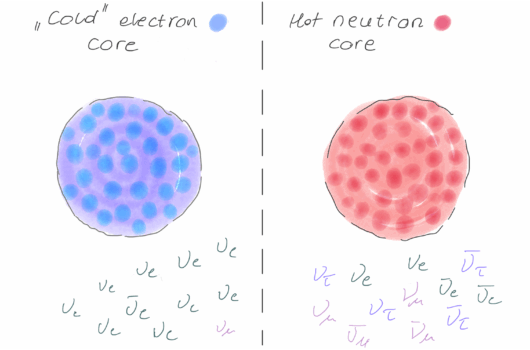Nucleon-level effective theory for mu-to-e conversion
Nucleon-level effective theory for mu-to-e conversion
View
Abstract
The Mu2E and COMET ![]() collaborations plan to advance branching ratio sensitivities by four orders of magnitude, further constraining new sources of charged lepton flavor violation (CLFV). Here we formulate a non-relativistic nucleon-level effective theory (ET) for this process, in order to clarify what can and cannot be learned about CLFV operator coefficients from elastic
collaborations plan to advance branching ratio sensitivities by four orders of magnitude, further constraining new sources of charged lepton flavor violation (CLFV). Here we formulate a non-relativistic nucleon-level effective theory (ET) for this process, in order to clarify what can and cannot be learned about CLFV operator coefficients from elastic ![]() conversion. Utilizing state-of-the-art shell model wave functions, we derive bounds on operator coefficients from existing
conversion. Utilizing state-of-the-art shell model wave functions, we derive bounds on operator coefficients from existing ![]() conversion and
conversion and ![]() results, and estimate the improvement in these bounds that will be possible if Mu2E, COMET, and MEG II reach their design goals. In the conversion process, we employ a treatment of the lepton Coulomb physics that is very accurate, yet yields transparent results and preserves connections to standard-model processes like
results, and estimate the improvement in these bounds that will be possible if Mu2E, COMET, and MEG II reach their design goals. In the conversion process, we employ a treatment of the lepton Coulomb physics that is very accurate, yet yields transparent results and preserves connections to standard-model processes like ![]() decay and
decay and ![]() capture. The formulation provides a bridge between the nuclear physics needed in form factor evaluations and the particle physics needed to relate low-energy constraints from
capture. The formulation provides a bridge between the nuclear physics needed in form factor evaluations and the particle physics needed to relate low-energy constraints from ![]() conversion to UV sources of CLFV.
conversion to UV sources of CLFV.





